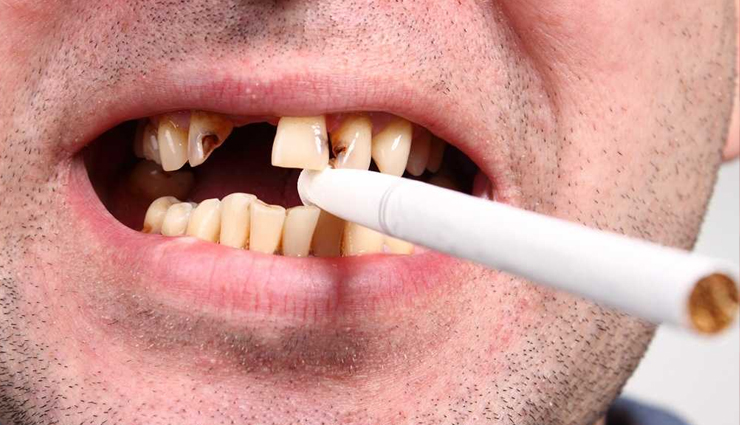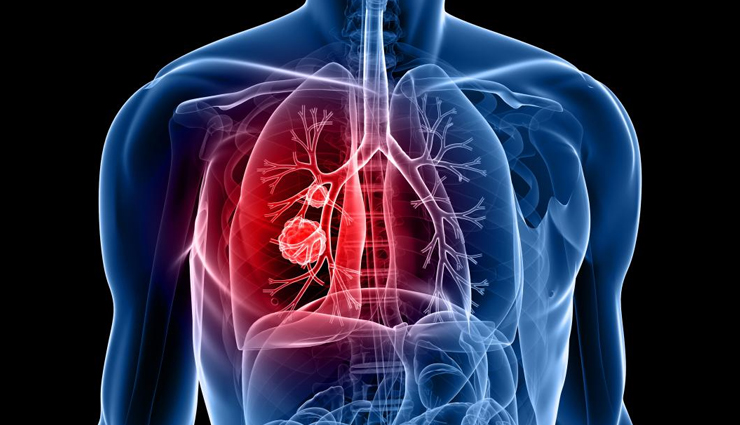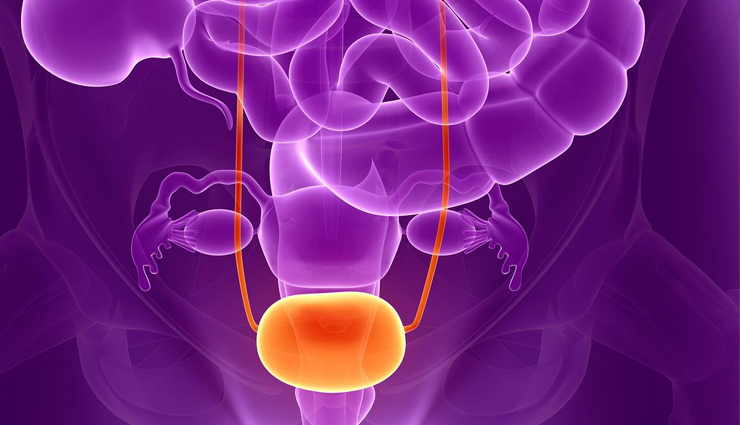- Home›
- Healthy Living›
- World No Tobacco Day: Link Between Tobacco And Increased Risk Of Cancer
World No Tobacco Day: Link Between Tobacco And Increased Risk Of Cancer
By: Priyanka Maheshwari Fri, 26 May 2023 6:52:00

Cancer, a devastating disease affecting millions of people worldwide, continues to be a leading cause of death. While cancer can have various causes, one significant risk factor consistently emerges—tobacco use. The correlation between tobacco consumption and increased cancer risk has been extensively studied and documented. This article explores the alarming connection between tobacco and cancer, highlighting the various types of cancer associated with tobacco use and the urgent need for comprehensive measures to combat this public health crisis.

The Burden of Tobacco:
Tobacco use, whether in the form of cigarettes, cigars, or smokeless tobacco, presents a significant burden on global health. The World Health Organization (WHO) estimates that tobacco kills more than 8 million people each year, with 7 million being direct tobacco users and over 1.2 million being non-smokers exposed to secondhand smoke. Furthermore, tobacco-related illnesses account for approximately one in three cancer-related deaths worldwide.
Types of Cancer Linked to Tobacco:
Tobacco use is strongly associated with several types of cancer, affecting different organs and systems within the body. Here are some of the most prevalent cancers directly linked to tobacco consumption:

Lung Cancer:
The most well-known and deadly consequence of smoking is lung cancer. Cigarette smoke contains numerous carcinogens that damage lung tissues, leading to the development of malignant tumors. Smoking is responsible for nearly 85% of all lung cancer cases, and the risk is directly proportional to the duration and intensity of smoking.

Oral Cancer:
Tobacco use, especially in the form of smokeless tobacco or chewing tobacco, significantly increases the risk of oral cancer. The constant exposure of the oral cavity to tobacco products, with their harmful chemicals and toxins, promotes the growth of cancerous cells in the mouth, lips, tongue, and throat.

Esophageal Cancer:
The esophagus, the tube connecting the throat and stomach, is highly susceptible to the harmful effects of tobacco. Smoking and chewing tobacco have been strongly linked to the development of esophageal cancer, with the risk being substantially higher in long-term smokers.

Pancreatic Cancer:
Pancreatic cancer is among the most lethal forms of cancer, with a low survival rate. Tobacco use significantly increases the risk of developing pancreatic cancer, and smokers are twice as likely to develop it compared to non-smokers. Furthermore, smoking also worsens the prognosis for individuals diagnosed with pancreatic cancer.

Bladder Cancer:
The toxic chemicals present in tobacco smoke, after being filtered by the kidneys, concentrate in the urine and can cause significant damage to the bladder. Smokers are at a higher risk of developing bladder cancer, with studies suggesting that smoking accounts for nearly half of all bladder cancer cases.
Combating the Crisis:
Addressing the alarming connection between tobacco and cancer requires a multifaceted approach that encompasses both prevention and cessation strategies. Some key measures that can contribute to reducing tobacco-related cancer cases include:

Public Awareness Campaigns:
Efforts to educate the public about the dangers of tobacco and its strong association with cancer are crucial. Public awareness campaigns can help debunk myths surrounding tobacco use and promote the adoption of healthier lifestyles.
Tobacco Control Policies:
Governments and regulatory bodies need to implement and enforce stringent tobacco control policies, including higher taxes on tobacco products, smoke-free laws in public spaces, and comprehensive advertising restrictions.
Accessible Cessation Support:
Support for tobacco cessation should be readily available to individuals who wish to quit smoking or using tobacco products. Accessible resources such as helplines, counseling services, and nicotine replacement therapies can greatly assist those attempting to quit.
Health Professional Intervention:
Healthcare providers play a vital role in identifying and addressing tobacco use disorders. Regular screenings for tobacco use, counseling, and treatment options should be integrated into primary healthcare settings.





